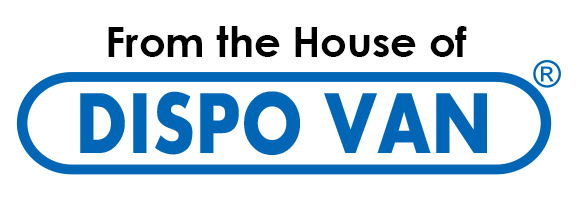Needlestick injuries are a common occupational hazard among all healthcare workers. These result from contaminated sutures, needles, or sharp instruments that have broken the skin, causing bleeding. Needlestick injuries expose healthcare workers to blood-borne pathogens that can cause serious infections.
Some commonly transmitted pathogens are Hepatitis-B, Hepatitis-C, and HIV, of which the vaccination is available only for Hepatitis B. So how can we protect healthcare workers from contracting these severe infections?
Here are essential prevention methods to avoid needlestick injuries at the workplace.
Safety Measures
Healthcare workers have to be very careful while handling sharps. Some standard practices for them are:
- Dispose of a used needle properly in the dustbin.
- Avoid bending, recapping, or removing contaminated needles by hand.
- Always wear gloves while using sharps.
These measures ensure that healthcare workers have minimum contact with any sharp object to reduce the possibility of a needlestick injury.
Work Practice Controls
The work environment also plays a crucial role in avoiding needlestick injuries. If employees are stressed or burnt out, it increases the chances of equipment mishandling. So, employers must ensure that all healthcare workers are physically and mentally fit to perform their tasks.
Healthcare workers must also follow proper procedures when handling sharps. It includes passing exposed needles on a tray or slowing down while using a needle. Rushing or panicking can make them prone to needlestick injuries.
Education, Training, and Awareness
Every hospital must conduct workshops to educate and train its staff to avoid needlestick injuries. The training can also include awareness sessions and vaccination drives against the infections they can contract through a needlestick injury.
A hospital must also train its staff on the proper procedure to follow in case of a needlestick injury. Immediate treatment can reduce the chances of infections or blood contamination.
Safety Engineered Devices
With the advent of technology, safety-engineered devices are widely available. The design of these devices prevents healthcare workers from possible needlestick injuries. Safety syringes and scalpels with attached sheaths are some examples.
One such device is the Dispojekt Safety Needles by HMD. It has a dedicated Sharps Injury Prevention shield with a needle lock to avoid accidental needlestick injuries.
In Conclusion
A hypodermic needle is a critical component in most health check-ups and treatments. However, the safety of healthcare workers is also equally important. Thus, all the stakeholders (healthcare workers, employers and patients) must follow proper preventive measures to avoid needlestick injuries without interfering with treatment procedures.

